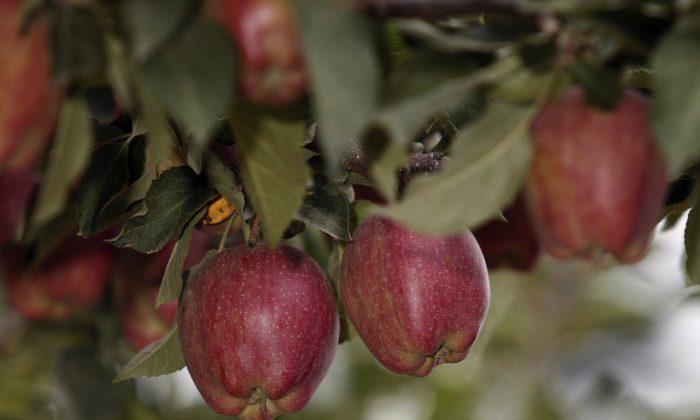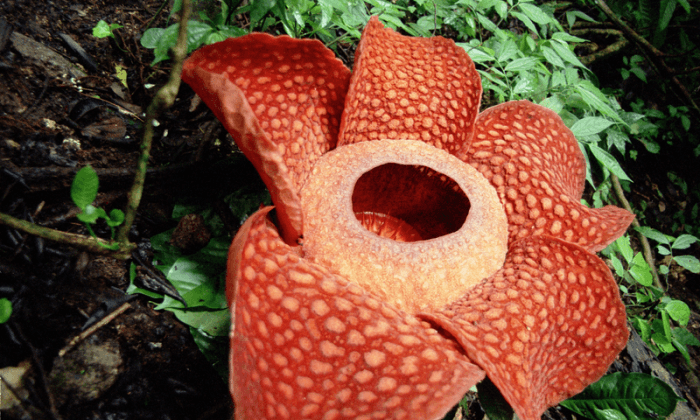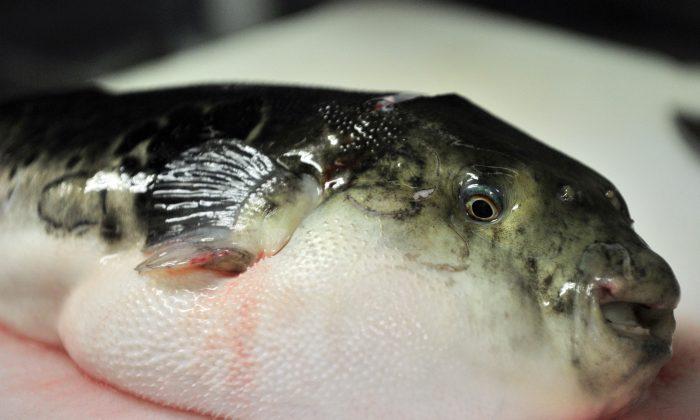The old saying, “We are what we eat” plays an important role in our lives nowadays. Type II diabetes is a major disease that is sweeping our nation because people do not understand the foods they eat and eating them in moderation. According to the American Diabetes Association, 25.8 million Americans, or 8.3 percent of the population, has diabetes.
It is recommended that sticking to a low-sugar, low-carb, low-sodium diet is healthiest. However, there are a lot of misleading labels and ideas out there about what actually is “health food.” High levels of sugar and/or carbs can hide in some unexpected foods, particularly some sold as “health” food.
1. Milk

One of the most misleading “health” drinks is milk. This could have something to do with the fact that as children, we were told to drink our milk to get daily calcium to grow strong bones. But as adults, if you still drink milk, you’re drinking a lot of sugar—as much as 12 grams of sugar in a 1 cup serving of whole or fat free milk. What’s the alternative? There are many alternatives such as soy milk, almond milk. However be aware that these too have a lot of sugar, although less than cow’s milk, unless you get the unsweetened varieties. Unsweetened soy milk contains about 1 gram of sugar per cup versus sweetened which has about 7 grams. There are also alternative ways to getting calcium such as eating more broccoli.
2. Yogurt
Unflavored Yogurt is very healthy. There are also some probiotic yogurts that can help your digestion run smoother. However, flavored yogurts may contain as much as 20 grams or more of sugar, which in the long run will add unnecessary weight and contribute to type II diabetes. You are much better looking for an unflavored yogurt that has at most 7 grams of sugar and adding your own cinnamon or other toppings like sliced bananas, chopped up Granny Smith apples.
3. Energy Bars

The popular Chocolate Chip Clif bar has a sugar content of 23 grams per bar. (Benjamin Chasteen/Epoch Times)
Energy bars have a lot of protein and make a good snack when we need a quick pick up. However, many are nothing more than sugary treats or candy bars plus a bit of protein thrown in. Some varieties of energy bars contain as much as 48 grams of sugar per serving. A Cliff Bar for instance, contains 25 grams of sugar, which is comparable to a Kit Kat.
4. Anything Ending in “-Ose”
So far we have been focusing on things with too much sugar but let’s face it, processed foods and sweeteners are just as bad. High fructose corn syrup is a good example. Thanks to government subsidies to corn growers, in the past (1980s & 1990s) our taste buds have been besieged by this new sugar derived from corn. The problem these types of sweeteners are not processed properly in our livers and transform into fat.
Most sweeteners that end in “-ose”—like fructose, lactose, dextrose—equate to sugar. Anyone that is a diabetic will know this and their doctors have surely suggested the same, to stay away from sugars including processed sweeteners.
Maltodextrin is an exception to the “-ose” rule but is equally problematic. Many “non-sugar” bars contain this and besides causing you to go to the bathroom often (it can cause diarrhea), maltodextrin might actually have an adverse effect on blood sugars—perhaps even worse than regular sugar.
5. Red Apples and Other Fruits

Red Delicious apples hang from the branches on a farm in Washington state, file. (Jeff T. Green/Getty Images)
Although a great source of fiber, red apples contain a lot of sugar, as much as 20 grams per apple. Instead try to eat Granny Smith apples which have less sugar and just as much of the healthy fiber. Also avoid dried fruits as pound for pound they contain a lot of sugar (remember, they are dried and weigh less, but still contain the same sugar).
6. Bread

Bread slices with butter and jam (Cat Rooney/Epoch Times)
Bread is not overloaded with sugars (perhaps 3 to 5 grams per serving), but it does have carbohydrates. In moderation bread is usually okay, however, many people overeat bread since it is everywhere—hamburgers, sandwiches, pizza, morning toast, pre-dinner bread, and so on. So think about it when you grab some fast food or eat those two slices of bread with that sandwich. As an alternative some places offer options or a secret menu. At In-N-Out Burger for example, they have a secret menu that includes a burger made “protein style”—it comes wrapped in lettuce instead of a bun. While this might not seem ideal to some, it will save as much as 10 carbs (two slices of bread).
7. BBQ Sauce and Ketchup

H.J. Heinz Co. products on display at a grocery store, file. (Scott Olson/Getty Images)
BBQ sauce is generally loaded with sodium and also contain a generous serving of sugar—up to 9 grams or more per serving. Ketchup can be just as bad, so be aware. As an alternative, use mustard. Many people also use a rub instead to flavor their meats. These too can be high in sodium, so check labels carefully or try to make your own rub with healthy ingredient alternatives.
8. Salad Dressings Most salad dressings have added sugar or heavily processed ingredients with additives and preservatives. Dressing may also contain high fructose corn syrup, which is a major contributor to diabetes. As alternatives, always choose as your base an oil and vinegar dressing. This type of dressing is usually the safest bet. Some Caesar dressings have 7 grams of sugar. Besides sugar, watch for sodium in these, you will be very surprised that many have as much as or more than 350 mg of salt.
9. Cereals and Oatmeal

It is just about impossible to find a cereal or flavored oatmeal that is low-carb much less sugar-free. Let’s look at Rice Krispies as an example which has a low amount of sugar listed on the box, but contains 29 grams of carbs per serving on the box. This cereal is actually almost 90 percent carbs which the body will rapidly convert into sugar once digested. It is also made from refined (processed) white rice, which is also on the diabetic no-no list for causing a rapid rise in blood sugar levels.
Oatmeal is usually touted as heart-healthy and good for lowering cholesterol. Yet many oatmeals on the market contain even more carbs than cereals. However, the fiber content in oatmeal is good. This is the tricky part about maintaining a proper glycemic index and once you know your limits, oatmeal may be something to include in your diet. Selecting a low-carb, low-sugar oatmeal can be a sensible alternative to cereals.
10. Potatoes

(Sandra Shields/Epoch Times)
Potatoes as they’re most commonly prepared, including hash browns, french fries, mashed, baked and dressed, and gratin, contain a lot of starch and carbs, not to mention generous amounts of oil, butter, or sour cream. Definitely avoid potatoes prepared those ways or you’re consuming a ticking time bomb. There are options to prepare potatoes in healthy ways though. For example, serving boiled potatoes with salsa, or making mashed potatoes with plain low-fat yogurt. And don’t forgo the skin—that’s where most of the fiber and other good nutrients are found. There are also different potatoes varieties out there. As with anything, it’s best to check with a dietician if you have questions or are worried about your own personal consumption. If your goal is to consume potassium, then opt for broccoli or leafy vegetables instead.





